Global Chatbots Market - Comprehensive Data-Driven Market Analysis & Strategic Outlook
The global chatbots market within the technology sector will have an interesting ride from its humble beginnings to where it stands today with its primary role in business and client communication. Its origins can be traced back to the early experiments with dialogue programs like ELIZA and PARRY in the 1960s and 1970s, proving that computers could simulate human interaction, even if in a very rudimentary way. Chatbots were test-track rides in experimentation and learning settings for a number of decades, prior to improvements in natural language processing and machine learning beginning to redefine their potential. As soon as the early 2000s, chatbots began creeping into customer support use cases, allowing companies to respond to basic queries with automation, which opened doors to their larger rollout.
- Global chatbots market value of around USD 8300.4 million in 2025, with a growth rate of almost 23.4% CAGR between 2025 and 2032, and with the potential to grow over USD 36178.6 million.
- Menu-based command about 28.0% market share, driving innovation and expanding applications through aggressive research.
- Growth drivers are: Growing Demand for Customer Support Automation, Application of Chatbots in Messaging Apps
- Opportunities include: Growing Chatbots in Healthcare
- Key takeaway: The market will expand exponentially in value during the next decade, which means plenty of scope for growth.
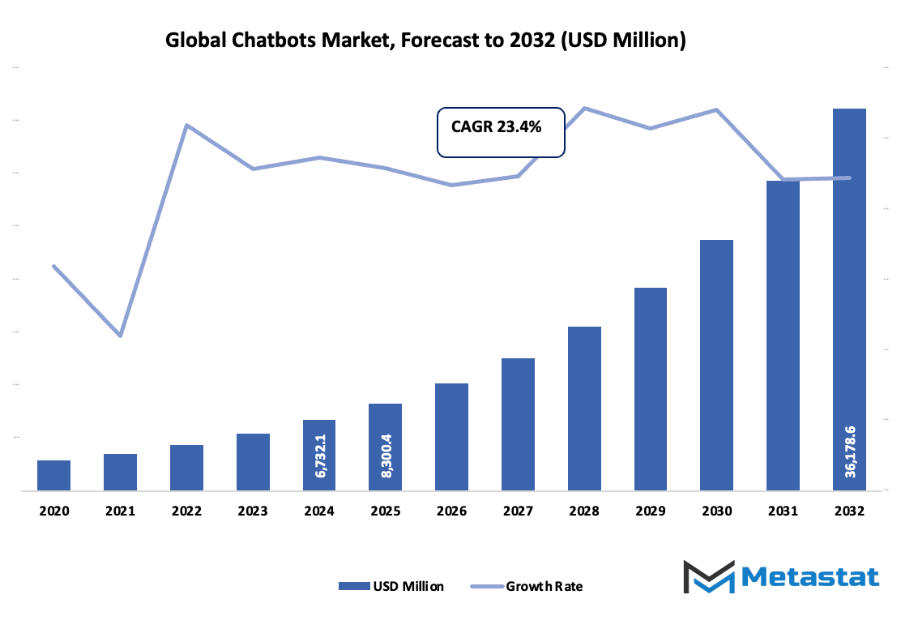
The expansion of the global chatbots market will be powered by a range of turning points.The popularity of social media sites and messaging apps will compel companies to use chatbots to communicate with customers seamlessly through multiple channels. The behavior of consumers will shift, expecting fast, contextual, and personalized interacti ons, and companies will be compelled to incorporate more sophisticated AI-based solutions. Meanwhile, technology innovations such as speech recognition, sentiment analysis, and high-level algorithms will allow chatbots to offer more human-like experiences and still go beyond simple text-based responses. Regulatory innovations will also determine the shape of the world market for chatbots. Consumer protection law and data protection law will cause companies to provide secure and open interactions, and chatbot platforms will enforce stricter compliance regulations as a result.
This will push the market toward solutions that seek to balance user experience and responsible use of user information. Business will also seek out chatbots capable of performing complex transactions and anticipatory customer care, blurring the line between digital assistants and full automation service agents. Going forward, the global market for chatbots will grow both in business applications as well as personal use. Its industry will see chatbots smarter to the users' needs and fine integration with various services from online shopping to medicine. With its continuous existence in sync with technological advancements, customer behaviors, and regulatory landscapes, the market will be a natural part of digital communication and transform human machine interaction across the world.
Market Segments
The global chatbots market is mainly classified based on Type, Offering, Bot Communication, Business Function.
By Type is further segmented into:
- Menu-based: Menu-based chatbots guide users through pre-determined options, and interaction is therefore made easy and managed. Menu-based chatbots are utilized where users need clear options and sequential guidance. This kind of chatbot will help organizations simplify the process of communication and reduce response time by providing quick, templated responses without necessitating high-level understanding.
- Linguistic-based: Linguistic-based chatbots focus on learning natural language patterns, such that they can make sense of user input in a more flexible way. The chatbots will provide more human-like talk and increase interaction through reading phrases and sentences and not just simple commands. They provide more human-like interactions and are capable of adapting to an individual's communication behavior over time.
- Keyword Recognition-based: Keyword recognition-based chatbots employ the technique of identifying certain words or phrases in user queries. It will respond appropriately in a certain manner even for complex and lengthy queries. Companies will possess this category since it translates into faster query resolution without needing them to comprehend conversations extensively.
- Contextual: Contextual chatbots store past conversations and utilize this context to respond in sync. This type will deliver more contextual and fluid conversations and improve user experience. They are most suitable for ongoing conversations where past information contributes to better response quality.
- Hybrid: Hybrid chatbots employ more than one approach, such as keyword detection and awareness of context, to accommodate more flexible conversation. This type will deliver a harmony of guided structure and responsive dialogue. It is most suitable for organizations that need effectiveness and tailored engagement in interacting with customers.
- Voicebots: Voicebots use speech synthesis and recognition to communicate with users via voice. They will ease communication as well as make it more convenient, particularly in a hands-free environment. Voicebots are becoming increasingly popular because they can easily integrate with devices as well as applications where typing is less convenient.
By Offering the market is divided into:
- Solutions: Solutions in the global Chatbots industry are business-specific software solutions. These will provide current platforms to companies to implement chatbots efficiently. Solutions facilitate easier operations, improve customer experiences, and reduce manual labor by automating repetitive communication tasks.
- Services: Services will be developed to help businesses deploy, operate, and maximize chatbots. They will offer maintenance assistance, customization, and integration. Business-to-business service models are necessary for businesses that wish for skilled assistance so that chatbots may function well and deliver business outcomes in a streamlined way.
By Bot Communication the market is further divided into:
- Text: Text-based communication allows chatbots to interact through written messages. This form will remain popular due to its simplicity and ease of integration into websites, apps, and messaging platforms. Text-based bots provide clear, quick, and traceable communication for users seeking instant support or information.
- Audio/Voice: Audio or voice communication enables chatbots to converse using speech. This method will increase accessibility and convenience, particularly for users on mobile devices or in situations where typing is inconvenient. Voice interactions create a more natural conversational experience, improving engagement and satisfaction.
- Video: Video-enabled chatbots offer interaction through visual and auditory channels simultaneously. This form will enhance communication by providing richer engagement, such as visual demonstrations or facial cues. Video chatbots are useful for training, support, and scenarios requiring more detailed explanations.
By Business Function the global chatbots market is divided as:
- Information Technology Service Management (ITSM): Chatbots in ITSM will handle routine queries, troubleshoot issues, and provide timely updates. This application improves efficiency, reduces workload for IT teams, and ensures faster resolution of service requests, contributing to overall organizational productivity.
- Sales and Marketing: Chatbots for sales and marketing will assist in lead generation, customer engagement, and promotional campaigns. They will help businesses reach potential clients efficiently, provide personalized recommendations, and improve conversion rates through timely and interactive communication.
- Contact Centers: Chatbots in contact centers will manage a high volume of customer queries, reducing waiting times and enhancing service quality. They will allow agents to focus on complex cases, while routine requests are handled automatically, improving operational efficiency.
- Finance and Accounting: Chatbots will support finance and accounting functions by providing transaction updates, handling inquiries, and assisting with reporting. They will improve accuracy, speed, and consistency in financial communication, benefiting both employees and clients.
- Operations and Supply Chain: In operations and supply chain management, chatbots will monitor processes, track inventory, and facilitate communication between departments. This will streamline workflows, reduce delays, and improve coordination, making operations more efficient and reliable.
- Other: Chatbots in other business functions will address specialized needs such as HR support, legal assistance, and internal communication. They will enhance productivity by automating routine interactions and providing timely information across different areas of the organization.
|
Forecast Period |
2025-2032 |
|
Market Size in 2025 |
$8300.4 Million |
|
Market Size by 2032 |
$36178.6 Million |
|
Growth Rate from 2025 to 2032 |
23.4% |
|
Base Year |
2024 |
|
Regions Covered |
North America, Europe, Asia-Pacific, South America, Middle East & Africa |
By Region:
- Based on geography, the global chatbots market is divided into North America, Europe, Asia-Pacific, South America, and the Middle East & Africa.
- North America is further divided into the U.S., Canada, and Mexico, whereas Europe consists of the UK, Germany, France, Italy, and the Rest of Europe.
- Asia-Pacific is segmented into India, China, Japan, South Korea, and the Rest of Asia-Pacific.
- The South America region includes Brazil, Argentina, and the Rest of South America, while the Middle East & Africa is categorized into GCC Countries, Egypt, South Africa, and the Rest of the Middle East & Africa.
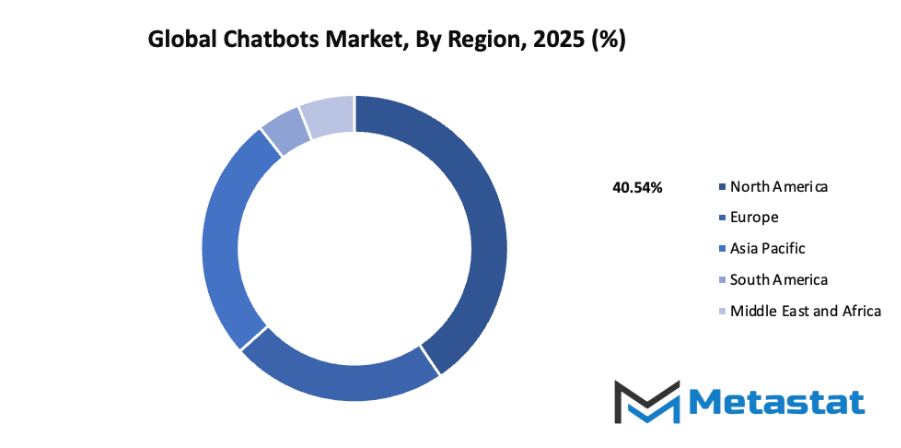
Growth Drivers
- Rising Demand for Customer Support Automation: Automation in customer support is becoming essential as companies seek to respond quickly to user inquiries. Chatbots can handle multiple conversations simultaneously, reduce wait times, and improve overall satisfaction. This rising demand for automated support will play a crucial role in boosting the global chatbots market.
- Integration of Chatbots in Messaging Apps: Chatbots are increasingly being integrated into popular messaging applications, allowing users to interact seamlessly. This integration simplifies communication between businesses and customers, enhances convenience, and encourages broader adoption of chatbot solutions. The expansion in messaging platforms will support further growth of the global chatbots market.
Challenges and Opportunities
- Lack of Advanced Natural Language Understanding: Current chatbots often struggle with complex queries and context-based understanding. The absence of advanced natural language processing capabilities limits their effectiveness. Improving comprehension and interaction quality will be essential for enhancing user experience and sustaining growth in the global chatbots market.
- Concerns Over Data Privacy and Security: Handling sensitive information creates potential risks in data privacy and security. Ensuring safe storage, encryption, and compliance with regulations is critical. Addressing these concerns will be vital for companies to maintain trust and encourage further adoption of chatbots across industries, positively influencing the global chatbots market.
Opportunities
- Expansion of Chatbots in Healthcare: Healthcare is witnessing the growing use of chatbots for patient interaction, appointment scheduling, and medical information provision. Chatbots can reduce administrative workload and provide timely assistance. The adoption in healthcare will contribute significantly to the expansion and development of the global chatbots market.
Competitive Landscape & Strategic Insights
The global chatbots market in the technology industry will trace a fascinating journey from its modest beginnings to its current prominence in business and consumer interactions. Its origin can be traced back to the early experiments with conversational programs like ELIZA and PARRY in the 1960s and 1970s, which demonstrated that machines could mimic human dialogue, albeit in a rudimentary manner. For decades, chatbots remained largely experimental tools in academic and research settings, until advances in natural language processing and machine learning began to transform their capabilities. By the early 2000s, chatbots started appearing in customer service applications, enabling companies to handle basic queries automatically, which laid the groundwork for their broader adoption.
As the global chatbots market moves forward, several defining moments will continue to shape its trajectory. The widespread integration of social media platforms and messaging apps will push businesses to deploy chatbots that can interact with users seamlessly across multiple channels. Consumer expectations will evolve, demanding interactions that are not only fast but also contextually aware and personalized, which will push companies to adopt more sophisticated AI-driven solutions. Meanwhile, technological developments such as speech recognition, sentiment analysis, and advanced algorithms will allow chatbots to deliver experiences that feel increasingly human, moving beyond simple text-based responses.
Regulatory shifts will also influence how the global chatbots market will develop. Data privacy laws and consumer protection regulations will require companies to ensure secure and transparent interactions, encouraging the implementation of stricter compliance measures within chatbot frameworks. This will steer the market toward solutions that balance convenience with ethical handling of user data. Furthermore, businesses will seek chatbots capable of handling complex transactions and providing proactive support, blurring the line between digital assistants and fully automated service agents.
Market size is forecast to rise from USD 8300.4 million in 2025 to over USD 36178.6 million by 2032. Chatbots will maintain dominance but face growing competition from emerging formats.
Looking ahead, the global chatbots market will continue to expand in both commercial and personal contexts. Its industry will see chatbots become more intuitive, capable of predicting user needs, and integrating with a wide range of services, from e-commerce to healthcare. By continuously adapting to technological advances, consumer preferences, and regulatory landscapes, the market will position itself as an indispensable component of digital interaction, transforming how humans communicate with machines on a global scale.
Report Coverage
This research report categorizes the global chatbots market based on various segments and regions, forecasts revenue growth, and analyzes trends in each submarket. The report analyses the key growth drivers, opportunities, and challenges influencing the global chatbots market. Recent market developments and competitive strategies such as expansion, type launch, development, partnership, merger, and acquisition have been included to draw the competitive landscape in the market. The report strategically identifies and profiles the key market players and analyses their core competencies in each sub-segment of the global chatbots market.
Chatbots Market Key Segments:
By Type
- Menu-based
- Linguistic-based
- Keyword Recognition-based
- Contextual
- Hybrid
- Voicebots
By Offering
- Solutions
- Services
By Bot Communication
- Text
- Audio/Voice
- Video
By Business Function
- Information Technology Service Management (ITSM)
- Sales and Marketing
- Contact Centers
- Finance and Accounting
- Operations and Supply Chain
- Other
Key Global Chatbots Industry Players
- Google LLC
- Facebook, Inc.
- Microsoft Corporation
- IBM Corporation
- Amazon Web Services, Inc.
- Oracle Corporation
- ServiceNow
- SAP SE
- LivePerson, Inc.
- Nuance Communications, Inc.
- Salesforce Inc.
- Creative Virtual
- Avaamo Inc.
- Ada Support Inc.
- Drift.com, Inc.
- Inbenta Technologies Inc.
- Intercom, Inc.
- Egain Corporation
- [24]7. ai, Inc.
- Acuvate
- Aivo
- Botsify Inc.
- Next IT Corp.
WHAT REPORT PROVIDES
- Full in-depth analysis of the parent Industry
- Important changes in market and its dynamics
- Segmentation details of the market
- Former, on-going, and projected market analysis in terms of volume and value
- Assessment of niche industry developments
- Market share analysis
- Key strategies of major players
- Emerging segments and regional growth potential



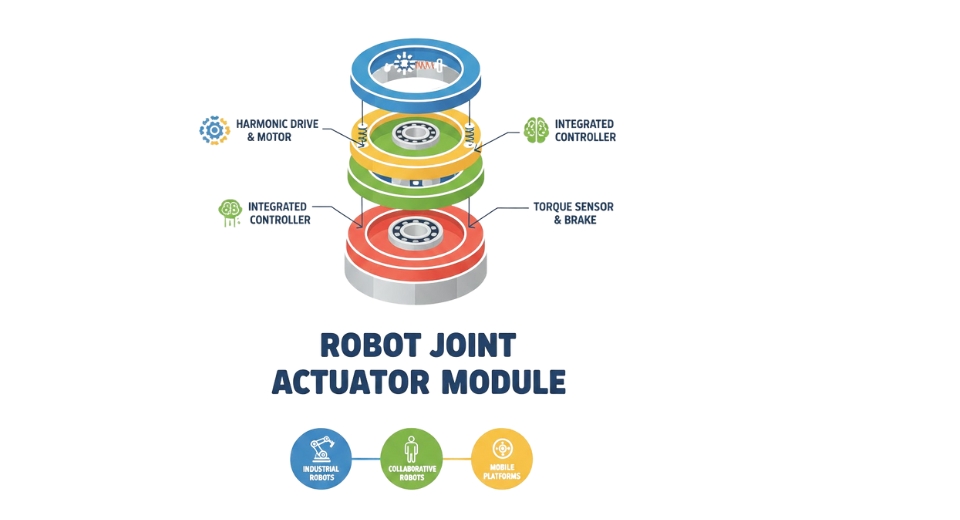
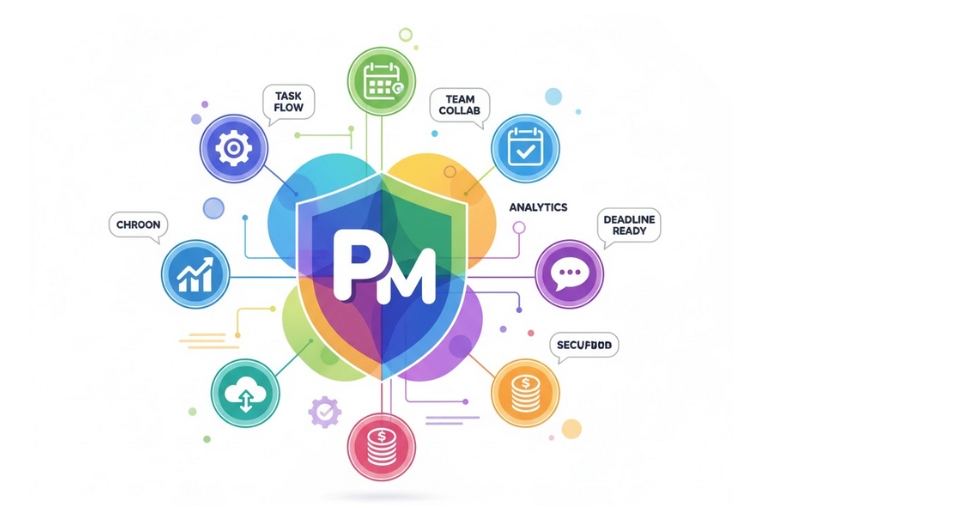
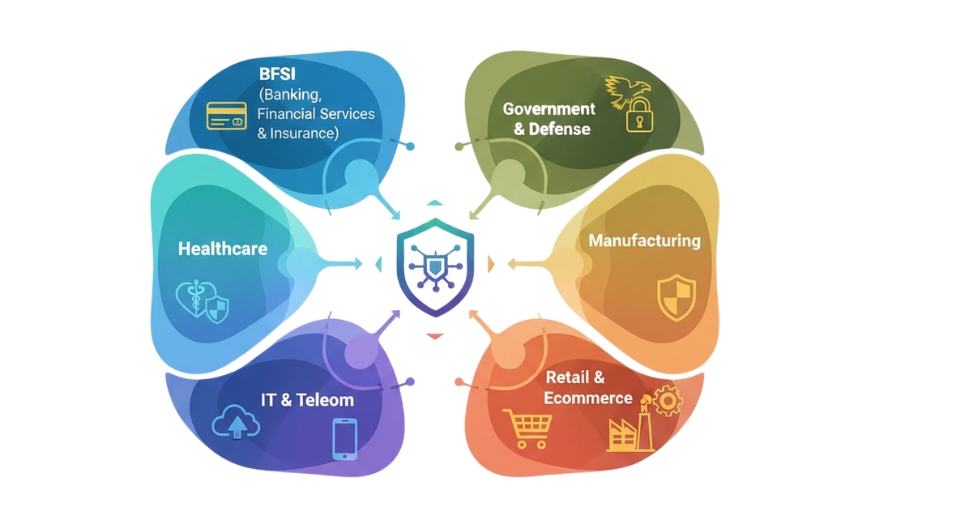
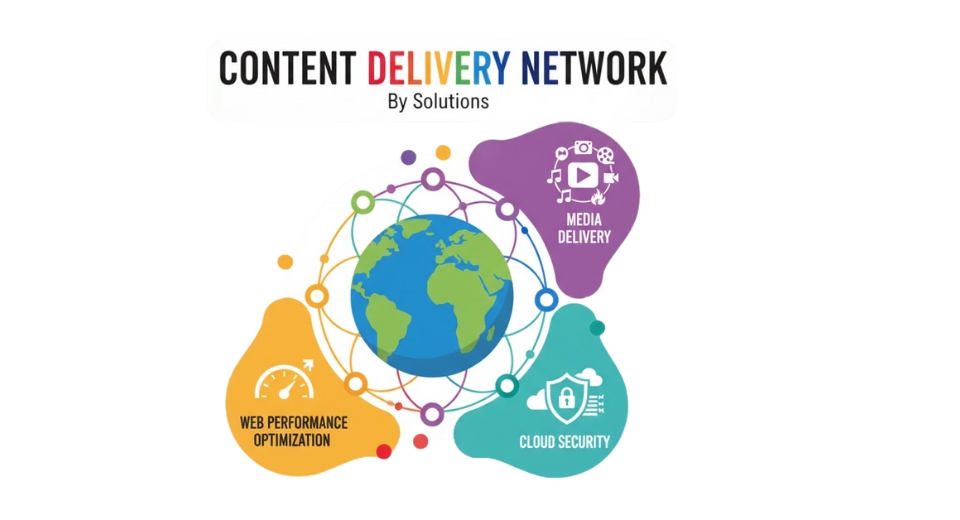

 US: +1 3023308252
US: +1 3023308252






